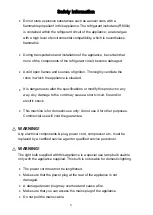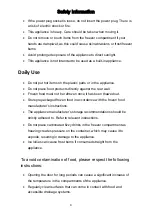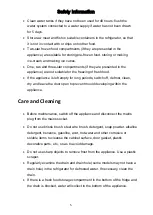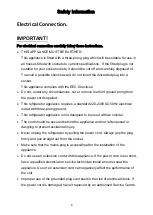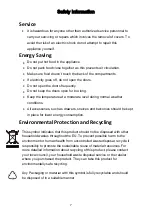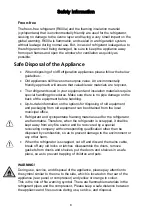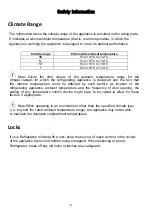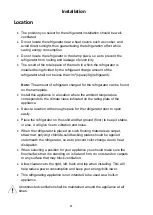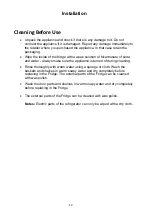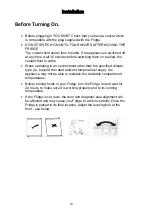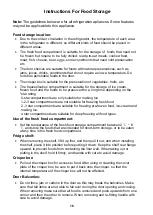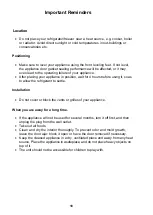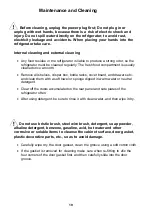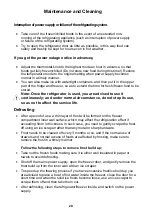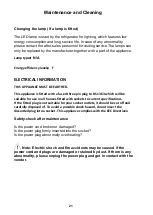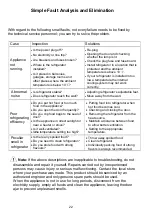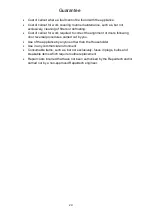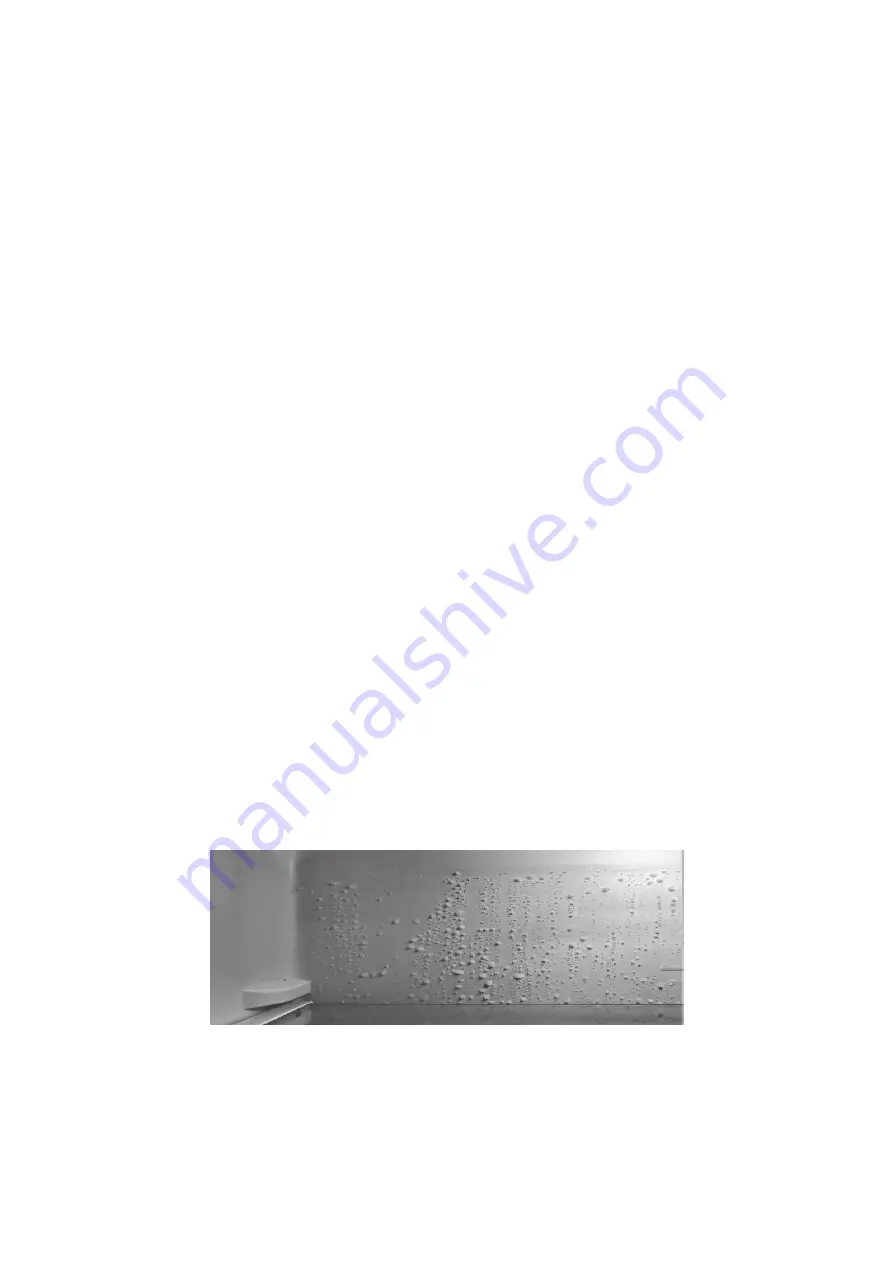
Cautions for food storage:
•
Clean the foods and wipe them dry before storing them inside the refrigerator.
Before foods are put in the refrigerator, it is advisable to seal them up, so as
to prevent water evaporation, keep fresh fruits and vegetables on one hand,
and prevent taint of odor on the other hand.
•
Do not put too much food inside the refrigerator. Keep enough space between
foods; if too close, the cold air flow will be blocked, thus affecting the
refrigeration effect. Do not store excessive or overweight foods, to avoid the
shelf from
collapsing
. When storing the foods, keep a distance away from the
inner wall; and do not place the water-rich foods too close to the fridge rear
wall,
they
may
get frozen on the inner wall.
Categorized storage of foods
:
•
Foods should be stored by category, with the foods you eat every day placed
in front of the shelf, so that the door open duration can be shortened and food
spoilage due to expiration can be avoid
ed
.
Energy-saving tips:
•
Allow the hot food
to
cool down to the room temperature before putting it in
the refrigerator. Put the frozen food in the fresh food compartment to thaw,
using the low temperature of the frozen food to cool the fresh food, thus
saving energy.
Ice formation on the back wall:
•
It is normal for some ice droplets to form on the back wall of
a
fridge (see
below image)
as this is a wet wall appliance. This does not constitute a fault
with the appliance. Ensure that no items inside the fridge are in contact with
the back wall at any time as this may cause freezing of food and possible
issues with the drain hole becoming blocked or water on the shelves.
Storage of fruits and vegetables
:
•
I
n the case of
refrigerating appliances with
a
chill
compartment, some
types of fresh vegetables and fruits are sensitive to cold and therefore
are not suitable for storage in this kind of compartment.
17
Instructions For Food Storage

